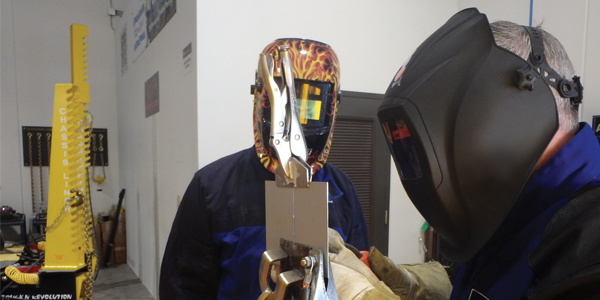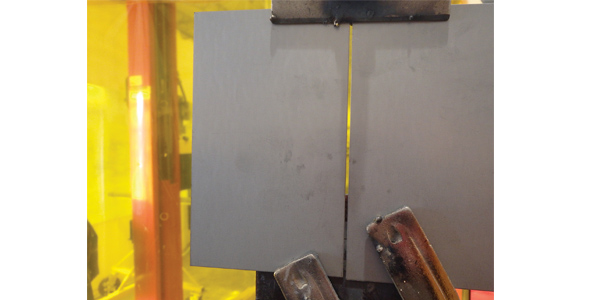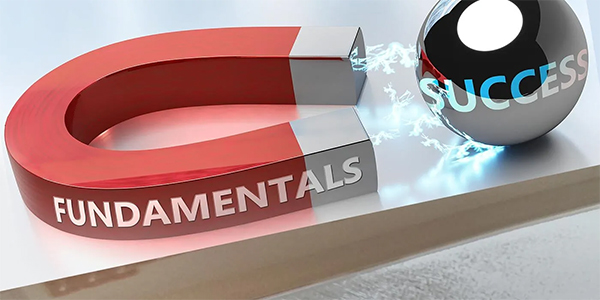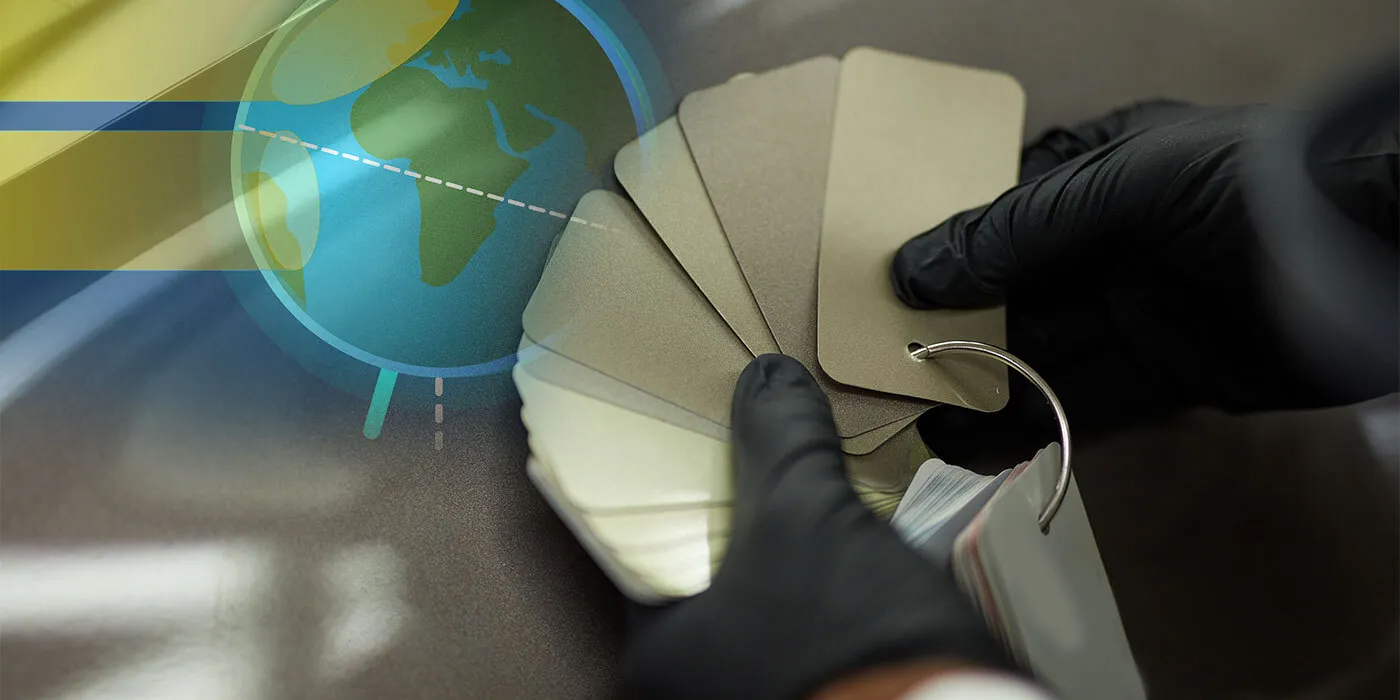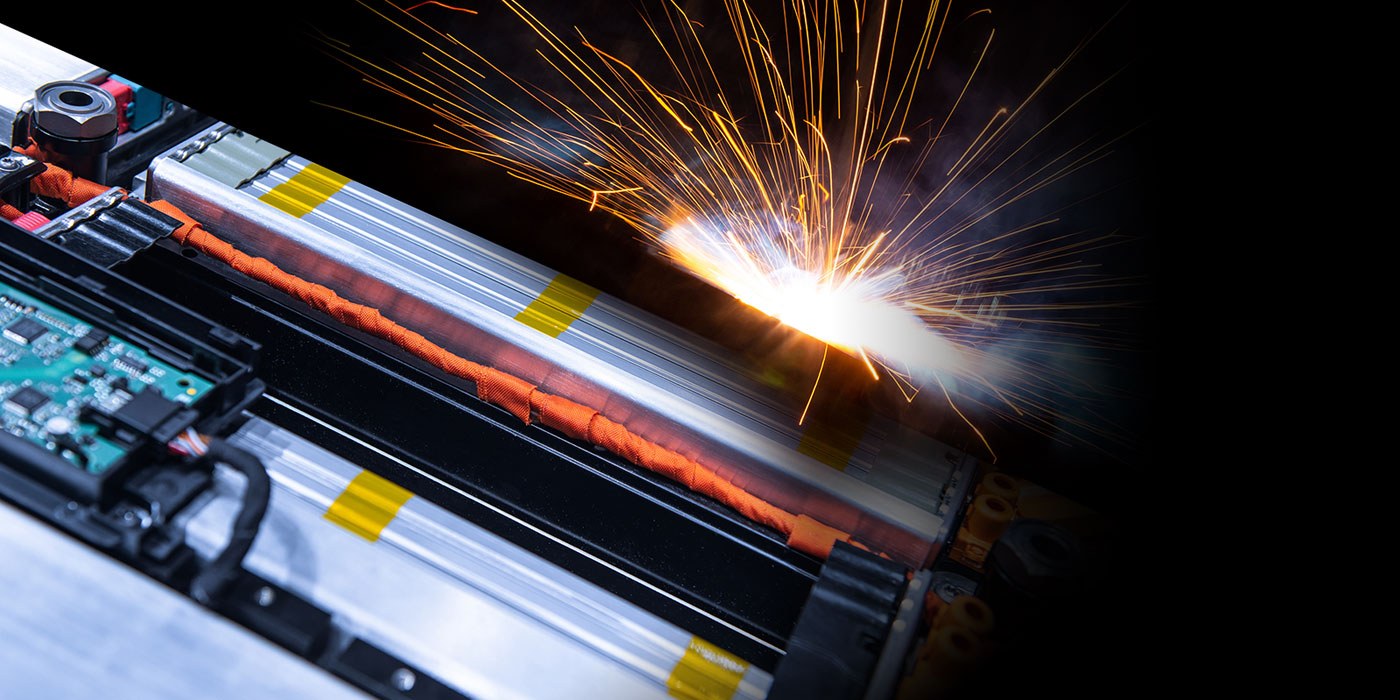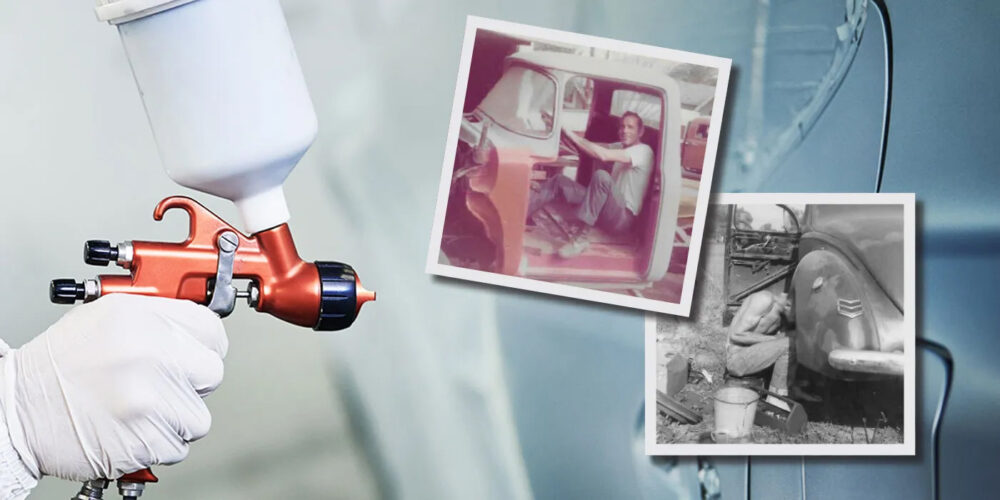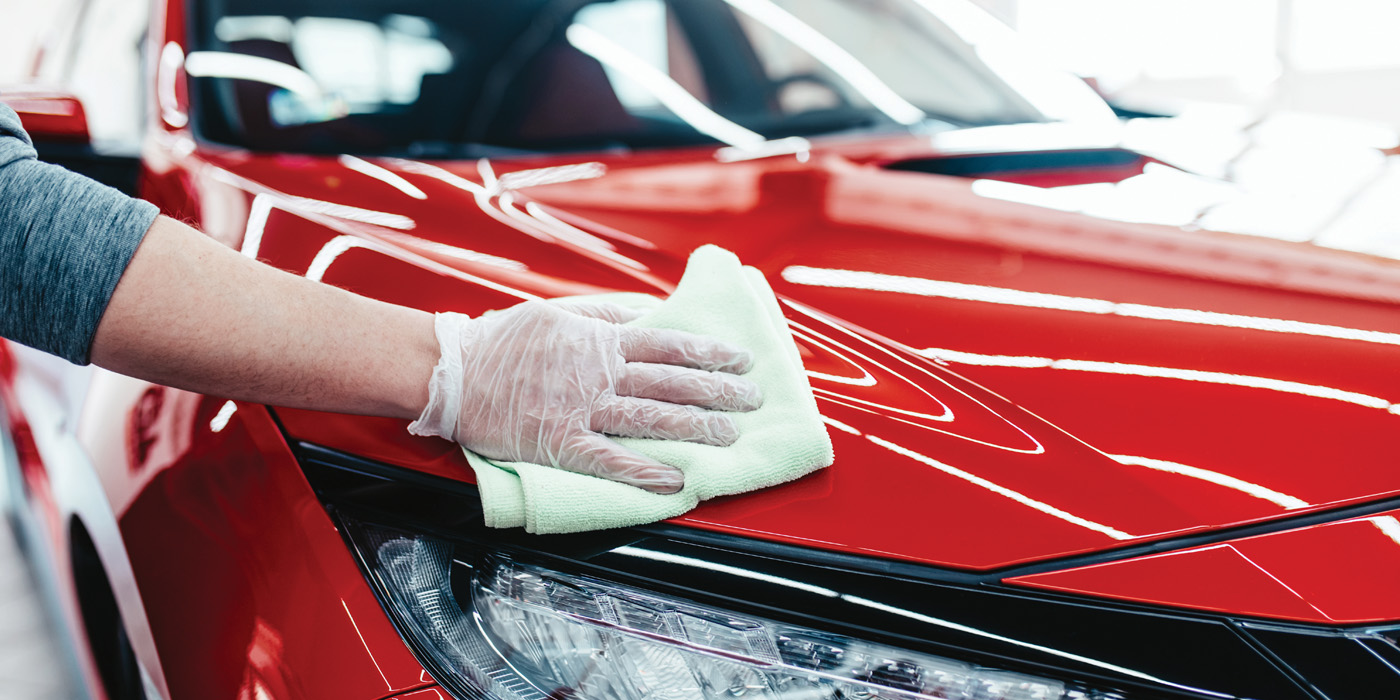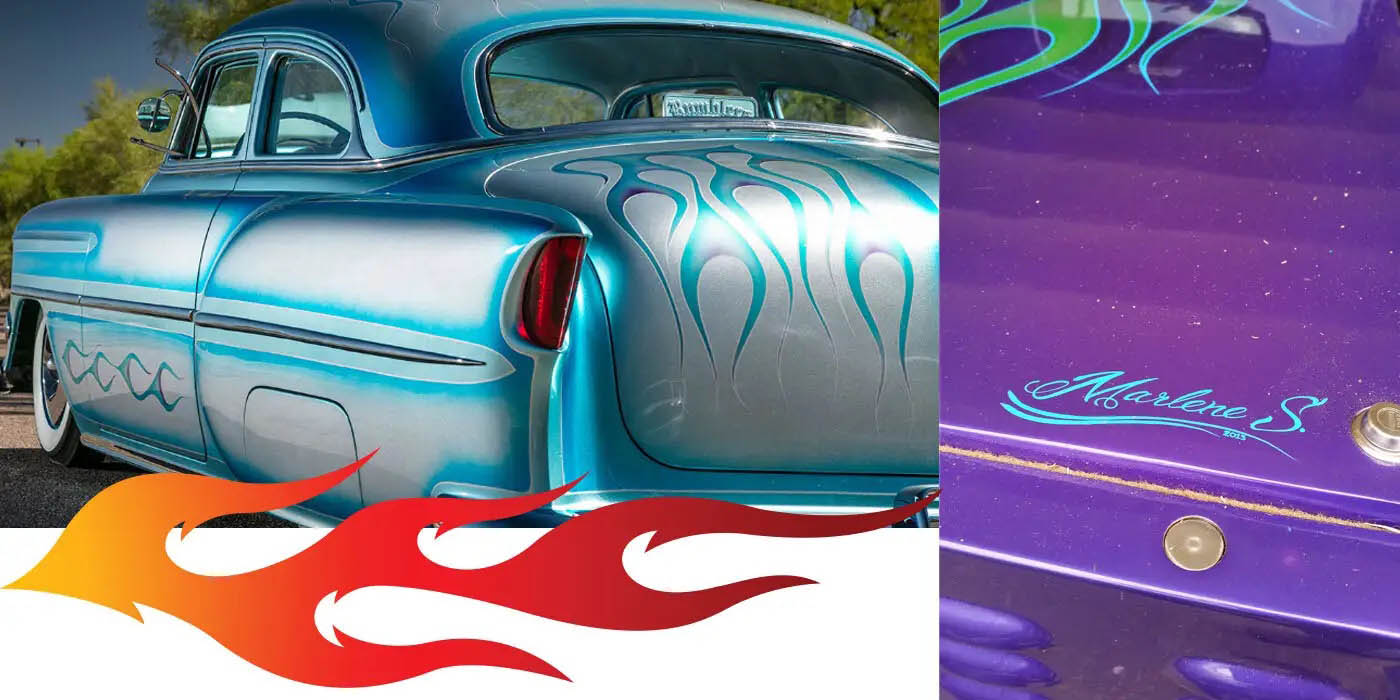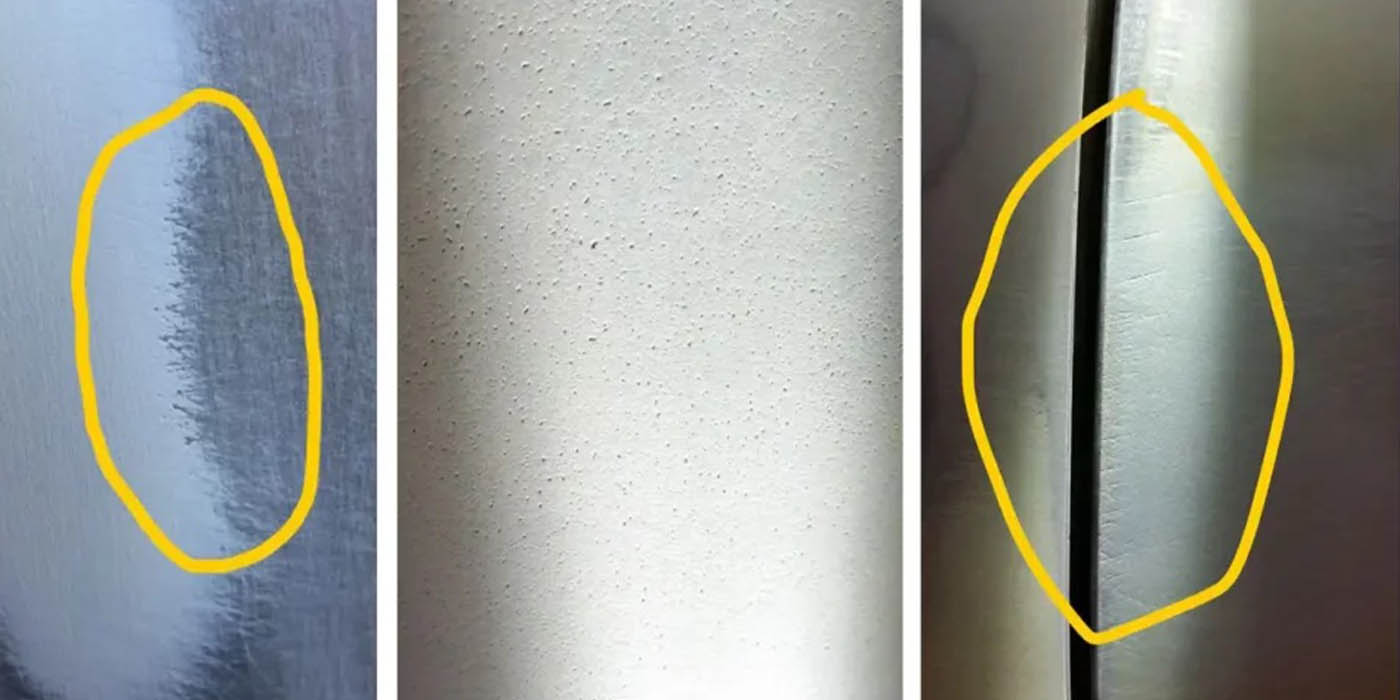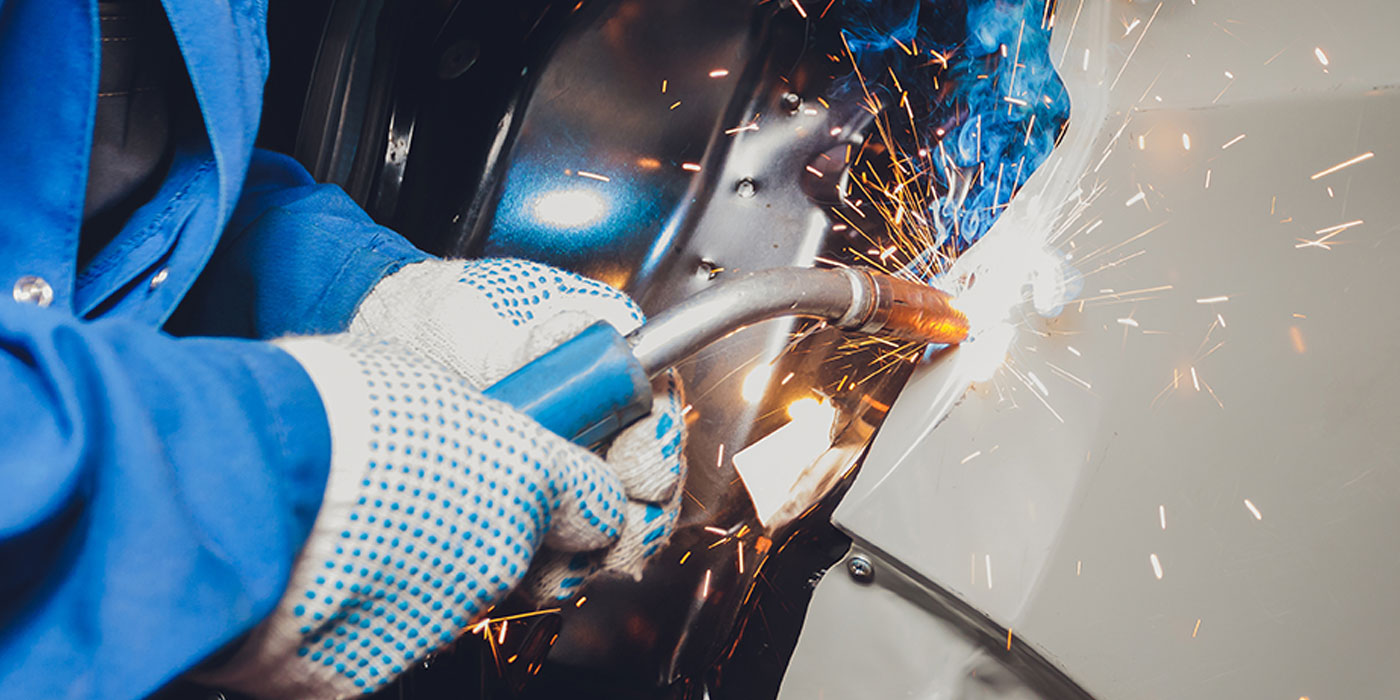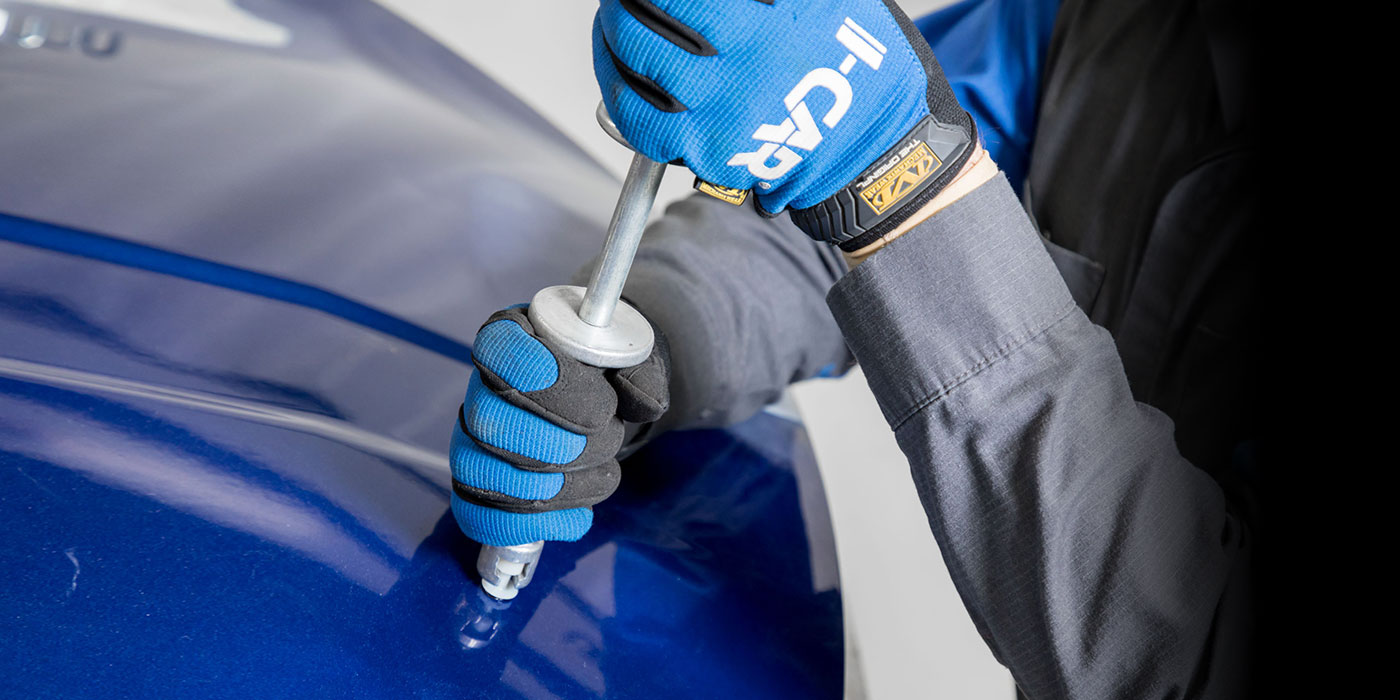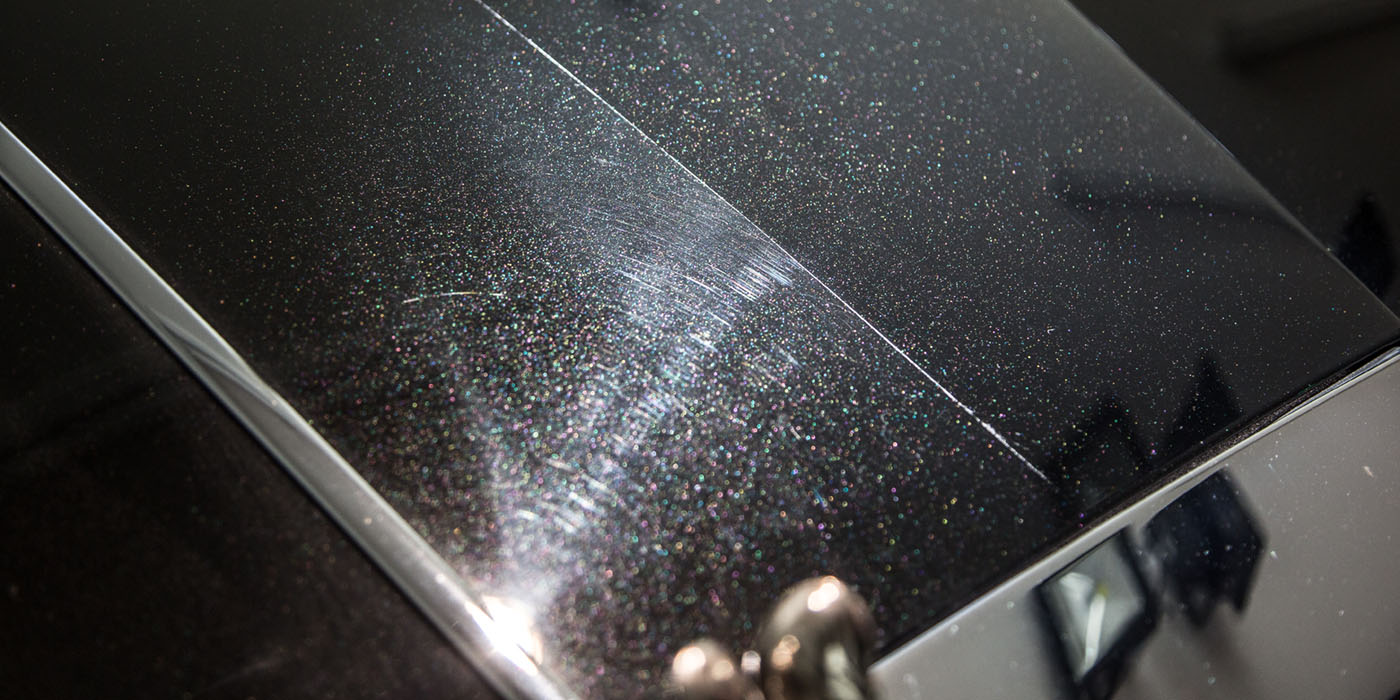As you walk through just about any shop in America, you’ll find possibly one if not more vehicles using silicon bronze welding or what we call MIG brazing. It may not be needed for the repairs the vehicle is there for, but what if it was? Are you capable of fixing the vehicle? This question, whether you like it or not, is one you need to ask yourself.Research the equipment and training and you’ll see how this process is not only necessary but valuable to any shop. It’s critical that the shop performs the repairs correctly. MIG brazing has so many benefits that I see no slowdown in use by vehicle manufacturers and shops.
MIG Brazing Defined
Many vehicle manufacturers were searching for a procedure or option to use for joining mild steel, high-strength steel and ultra-high-strength steel. Squeeze type resistance spot welding (STRSW) is great but not for all applications. Another option is MIG brazing.The benefits of MIG brazing are too great to ignore. The weight savings is beneficial, but the key factor is the ability to join steels without damaging the strength properties of the steel from heat.The repair industry has been adjusting to vehicle manufacturers’ requirements of lower heat in repair processes. STRSW and MIG brazing address these concerns. The problem with STRSW is that it can’t reach all areas. Heat is also a factor in corrosion issues with steel. Burning off or vaporizing the zinc coating or the galvanic coating defeats the protection offered against corrosion. The lower temperatures of MIG brazing reduce the damage to these coatings and leave the corrosion protection properties intact. And there are even more benefits to MIG brazing:
- Easy to train and learn
- There is less chance of a burn-through due to lower temperatures used in MIG brazing
- Less warpage of panels
- Easy sanding or finishing of MIG braze joints or other welds
These benefits are achieved by the fact that MIG brazing is an adhesion process vs. fusion process. Fusion involves melting the steel to combine metals at temperatures around 1,650° C or 3,000° F, but MIG brazing is done at a much lower temperature. The silicon copper-based wire is the only metal melting. The heat allows the “flow” of the silicon-based filler wire to form almost an adhesive bond between the metals being joined. The footprint size of this adhesion is what gives the weld its strength. The filler material will flow to where the heat is being applied past the weld edges. The low heat required to adhere the metals also protects the zinc coatings and maintains the strength of the steels.
Technicians should always perform destructive weld tests, using metal from damaged parts.I do want to caution all shops at this point. The MIG brazing process is a much easier type of repair than traditional steel welds done in the past. The easy finishing and low warpage of panels has drawn technicians into using it on all vehicles, especially on sail panels and rocker panel seam welds. However, MIG brazing should only be used if the vehicle manufacturer has written guidelines and/or has approved it. I see MIG brazing being used too liberally and where there is no recommendation yet when I do weld testing in shops.I also want to state that MIG brazing is required in the proper repair of many newer vehicles. No substitution or alternative is allowed. Vehicle manufacturers explicitly state when STRSW is required or, where STRSW electrodes cannot reach, when MIG brazing is to be performed. Read the welding requirements of all vehicles to understand the type of welds and welding equipment required for correct repairs.
Conventional vs. Pulse GMA Welders
MIG brazing can be achieved using traditional GMA (MIG) welding machines. You may have a welder in your shop capable of doing MIG brazing, as some conventional or short circuit GMA (MIG) welders may be able to achieve proper welds in some applications. To be sure, however, you must do your research and proper training in welding parameters to be certain the welding is being done to vehicle manufacturer requirements. One parameter that does make a difference is the specification by many vehicle manufacturers of at least a 220/230-volt welder. Having the correct power is a high priority for any weld to be successful.Vehicle manufacturers may require that GMA (MIG) machines be capable of pulse welding. There is a major difference in the pulse requirements, and it’s not just the price of the equipment as the pulse feature does increase the price extensively. A machine not capable of pulse welding may make welds that look the same, but according to vehicle manufacturers, the strength difference between non-pulse and pulse welders may cause weld failure. The pulse requirements are similarly found in the aluminum welding process. So if your shop has set up for aluminum welding and has purchased a pulse welder for this reason, you’re set to go.
This is what a good MIG braze should look like, but looks aren’t everything. Heat control is critical so as not to melt through or destroy the properties of the base metals.Pulse welding is designed to offer heat control to the person welding, and that’s the name of the game: heat control. Pulse welding uses spray arc transfer to deliver droplets of molten metal to the surface. The pulse controls these droplets, producing less heat on the base metal. The computer controls the parameters of the weld once certain aspects are entered by the technician performing the weld.Pulse welders are somewhat more complicated to learn and operate than traditional welders. Once technicians learn how to use them and figure out how easy they are, many never go back to traditional welders. Weld quality is not only improved by MIG brazing and aluminum but also steel welding. The synergy option during pulse or traditional GMA (MIG) welding makes any type of welding easier and reduces dressing welds and warpage considerably.In doing training with various equipment offered, I have to agree with industry assessments that it’s easier to produce quality welds with pulse welding than traditional welding. The heat control is why many manufacturers such as Honda require pulse welders. As MIG brazing is a push technique for welding, the pulse feature controls the bead and heat into the weld. A quality pulse welder could be one of the best investments a shop can make. Not only will you meet all vehicle manufacturer requirements, you’ll boost morale in the shop.As the requirements for pulse welding capabilities have been around for a while now, the choice of welders and costs have changed dramatically in the last year. If you do your research, you’ll find a great quality welder for a fair price.Wire used for MIG brazing is silicon-based or CuSi. Honda states that shops need ERCuSi-A (USA) CuSi-3 (Euro) with a diameter of .8. The shielding gas will be argon, as this is truly MIG welding. Be sure to follow welder guidelines on welding tips, liners and rollers as they will all make a significant difference in weld quality.
Common Mistakes
When performing MIG brazing, it’s important to watch your heat. It is not about melting base metals but proper surface contact of filler metal. If you use too much heat, you destroy the properties of steel and zinc; that’s the reason for using this type of process.When welding seams, be sure to use the welder in non-pulse mode as it will give you better results. The panels must have a proper root gap to allow the filler metal to flow to the backside. Once completed, the front and back side of the weld (doing the stitch process) must look similar. Be sure to practice heat control and allow cooling between stitches before pulling the trigger. Do not get greedy or go to fast as you may melt through or create too much heat and destroy the properties of the base metals.All other welds require the pulse mode on the welder and provide much better strength when this is used. Practice controlling the speed as you zigzag across the welds. The zigzag pattern allows heat to be created beyond the weld edges, which allows filler material to flow and make a large footprint. The pulse mode controls overheating of the metal during the weld. Be sure to slow down slightly as you cross the hole or recommended opening in the top metal as you weld. Also, watch the clamping pressure of parts; too tight will stop the filler metal from flowing into the heat zone.Always do destructive tests. Use metal from damaged parts to set up the welder. Take pictures and document all welds and procedures.
Summary
To all shop managers and owners: welding supply companies have made extensive changes to guide you in your purchase. Many offer weld testing or a test trial of the equipment before purchasing, either on site or at their locations. Take advantage of this and make the right choice after testing. The investment of a good pulse welder is invaluable to a shop and some of the best money you’ll spend.The best advice I can give to a shop on this subject is to take the new MIG brazing BRZ02 hands-on training course from I-CAR. This course is done in your shop and can provide the best information and hands-on training you’ll find.
This article is courtesy of BodyShop Business

